Mountain hiking is a phenomenal outdoor pursuit, one that provides inarguably the best workout for the entire body. But that’s just a bonus. For avid hikers, conquering a high peak is all about soaking up fresh air in magnificent surroundings, admiring outstanding landscapes, and testing one’s fitness and mental resolve.
Planning to tackle the Snowys next summer or a once-in-a-lifetime trip to Kathmandu to hike the Himalayas once overseas travel is back on the cards?
Here are a few valuable tips that’ll see you conquer mountain hiking like a pro.
1. Test yourself on a day hike

If you fancy yourself as a bit of a fitness fanatic but have yet to test your uphill hiking skills, the best option is to simply select an uphill day hike, and test your aerobic fitness and lower body strength. Only then will you have a clearer picture of what you need to work on.
Uphill hiking is part glutes/calves/quads strength and part aerobic endurance. If you’ve spent this year powering out squats and lunges in front of the TV, but haven’t had a chance to do a lot of cardio, don’t be discouraged on your first test-hike. Altitude hiking is a skill that can be worked on so start small, track your effort and your next-day soreness, and you’ll know what needs improving.
Here are some of the best exercises for mountain hiking.
2. Keep your speed expectations in check
A good rule is to take your ‘usual’ hiking speed at sea level and halve it (at the very least) when heading uphill. Mountain hikers beat trails at average speeds of about 3-5km/hr, whether to the peak of Mt Kosciusko (2,228masl, 13km return, 4-5hrs) or Everest Base Camp (5,600masl, 130km return, about 12 days).
Beginner hikers should aim to cover about 2-3km every hour, with a total hiking time of about 5 hours, max. Start early in the morning and this will give you plenty of daylight hours left if your speed is closer to 1km/hr. Which is, by the way, a totally acceptable starting point!
3. Never underestimate a mountain – be hike-prepared!
When you’re mountain hiking, you will face many challenges that will be out of your control so you need to have a good grip on the things you can control. And control can only come from knowledge and good preparation.
When mountain hiking, you should:
• Familiarise yourself with the route (how long and difficult is it?)
• Tell someone exactly which route you’ll be following and when they should expect you back
• Ideally, hike in company
• Pack a nifty DIY hiking survival kit
• Check out these downloadable hiking checklists)
• Bring compact but calorie-rich snacks (leave those energy bars at home and channel your inner Swiss hiker instead - fill up on cheese, salamis, and chocolate for the day)
• Always factor in at least 1-2hrs of extra time – you will surely want to stop to rest, take photos, and enjoy those marvellous peak views!
4. Know about altitude sickness
It’s highly unlikely you will ever suffer altitude sickness whilst hiking in Australia, although every mountain hiker needs to be deeply familiar with the condition. Everyone reacts differently at high(er) altitudes so, even though it’s rare for anyone to feel unwell at the top of the Snowys, it is still possible.
Refer to this useful guide and learn all about altitude sickness symptoms, why the condition develops and how it manifests, and what you can do to prevent it.!
5. Beware the mountain weather gods
Weather at higher altitudes is infamously unpredictable, so even if your weather app says it’ll be clear and sunny all day on the peak, you can’t bank on it. That means you need to dress smart.
The outer shell: your extreme outer layers need to be light and waterproof, and you’ll want to wear those over an insulating layer that will trap your body heat.
The insulating layer: Puffer jackets are super popular in both Kathmandu and Thredbo: they pack small, weigh next to nothing, and do an awesome job at keeping you toasty when the weather turns nasty. Yet know that not all puffer jackets are created equal. The trendy, knee-length models won’t cut it as they’ll restrict your movement, so you’ll want one specifically designed for mountain hiking.
We love the North Face ECO men’s puffer jacket and women’s puffer jacket: they are made entirely of recycled materials so they tickle our eco-conscious resolve and, because it’s such a trusted brand, you know they’ll do the job.

Expert tip: Note that weather apps are particularly untrustworthy when it comes to mountain hiking, because the nearest weather station may be at a much lower altitude than you’ll be meandering. Generally speaking, every 100m gained in altitude is equivalent to 1C drop in temps – so a destination at 1,000masl will be 10C cooler than its closest spot at sea level. The disparity is due to various climatic factors so take this as a rough – but nonetheless useful – tip.
6. Pack as light and compact as possible
Hikers need to carry a hefty amount on their shoulders, whether they’re out for the day or a whole week. The trick is to be exceptionally selective with what you pack, and to smartly utilise every inch of backpack space. That’s where travel compression packing cubes come in.
Why use packing cubes when hiking?
Because they make light work of lighter packing, optimise your bag space (so you can carry a smaller backpack) and are the most practical way of separating items you need at very specific times. Travel packing cubes are ridiculously practical for anyone, heading anywhere, yet hiking-specific packing requires the extra strength and versatility of compression packing cubes.
If you’re not familiar with these packing genies, here’s all you need to know about compression packing cubes, including how they can decrease your packing volume by up to 30%.
The best compression packing cubes come in a variety of sizes and shapes. They are made of durable, rip-resistant materials, have extra-sturdy zippers and seams, and are extremely lightweight, which is of pivotal importance when on a hiking trip
Expert tip: When planning your hiking trip to the Himalayas, know that baggage restriction on the flight from Kathmandu to Lukla (the springboard for Everest Base Camp hikes) is just 15kgs – that’s a 10kg backpack and 5kg day pack.
With travel compression packing cubes, you can squeeze that puffer jacket down to an easily manageable size, keep your warm and cooler weather clothing separate (red for warm and blue for cold, perhaps?) and, overall, be able to carry all you need in a smaller backpack. And this is what will help you conquer that peak like a pro!
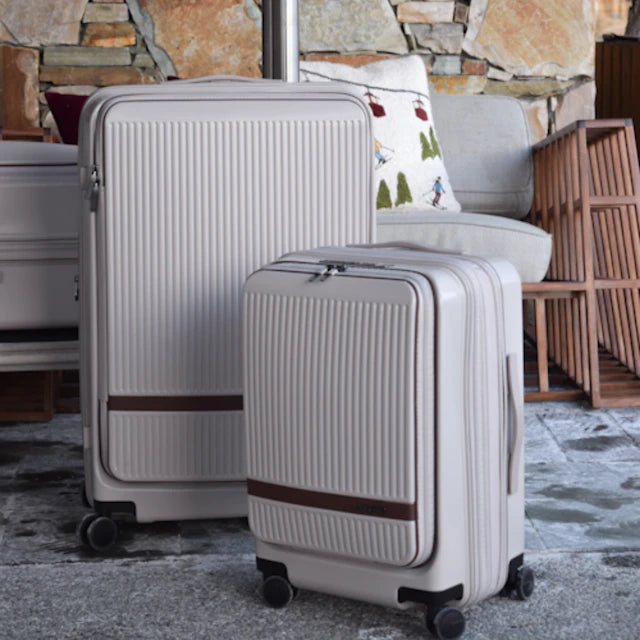
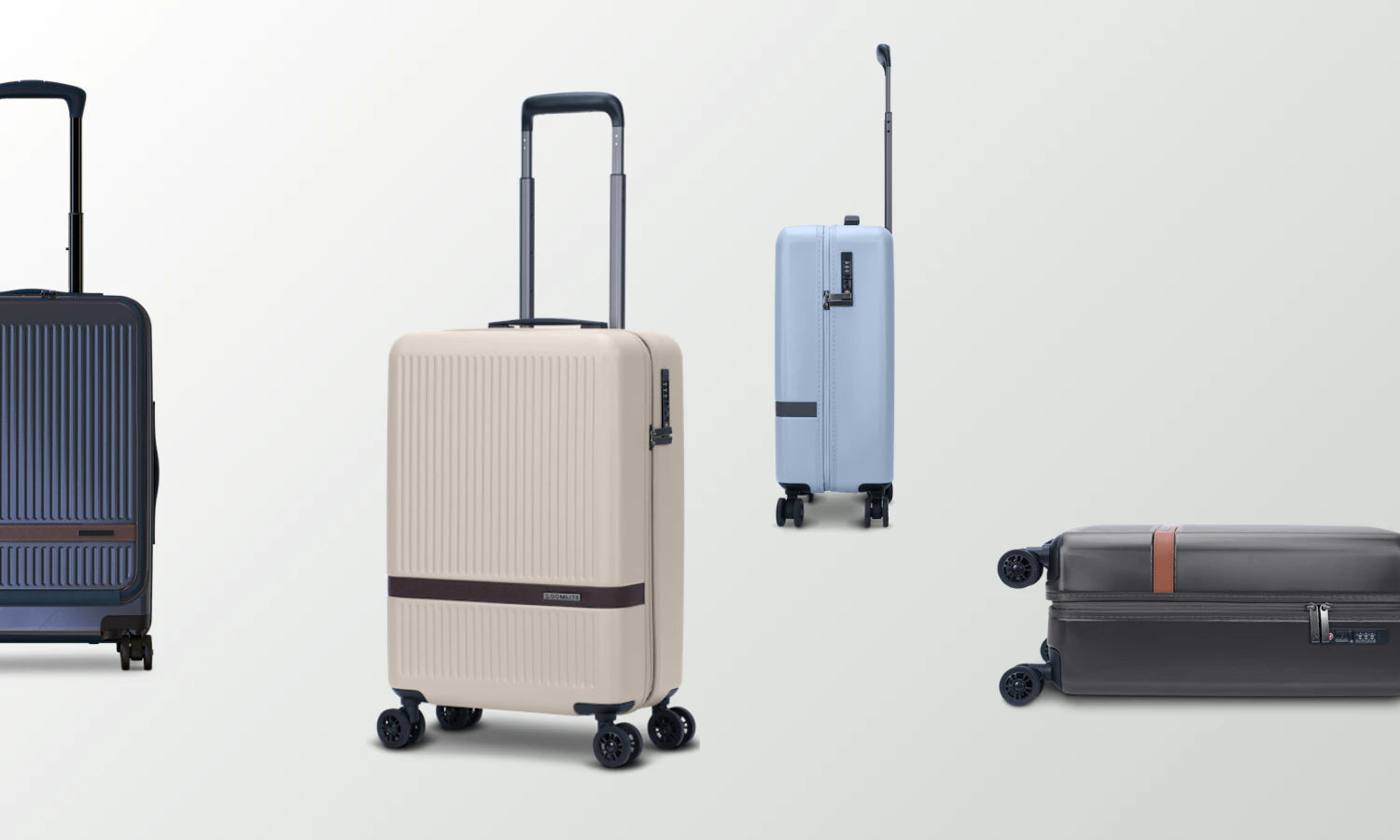
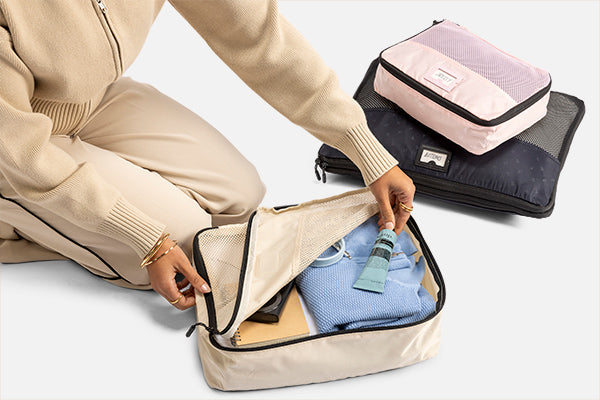
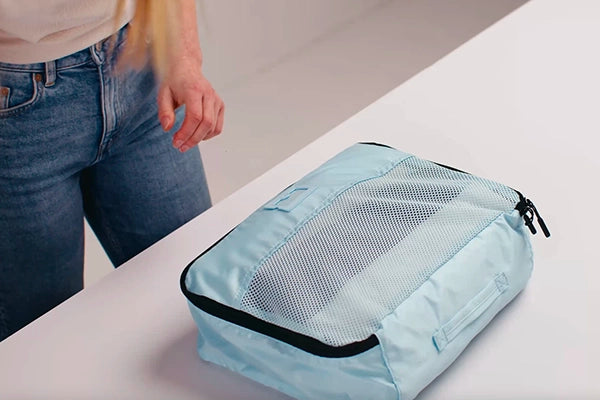
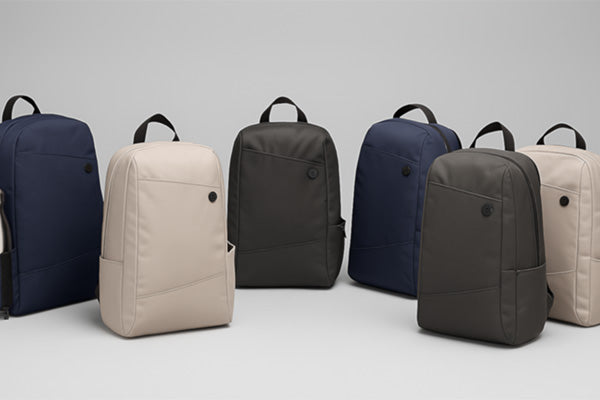
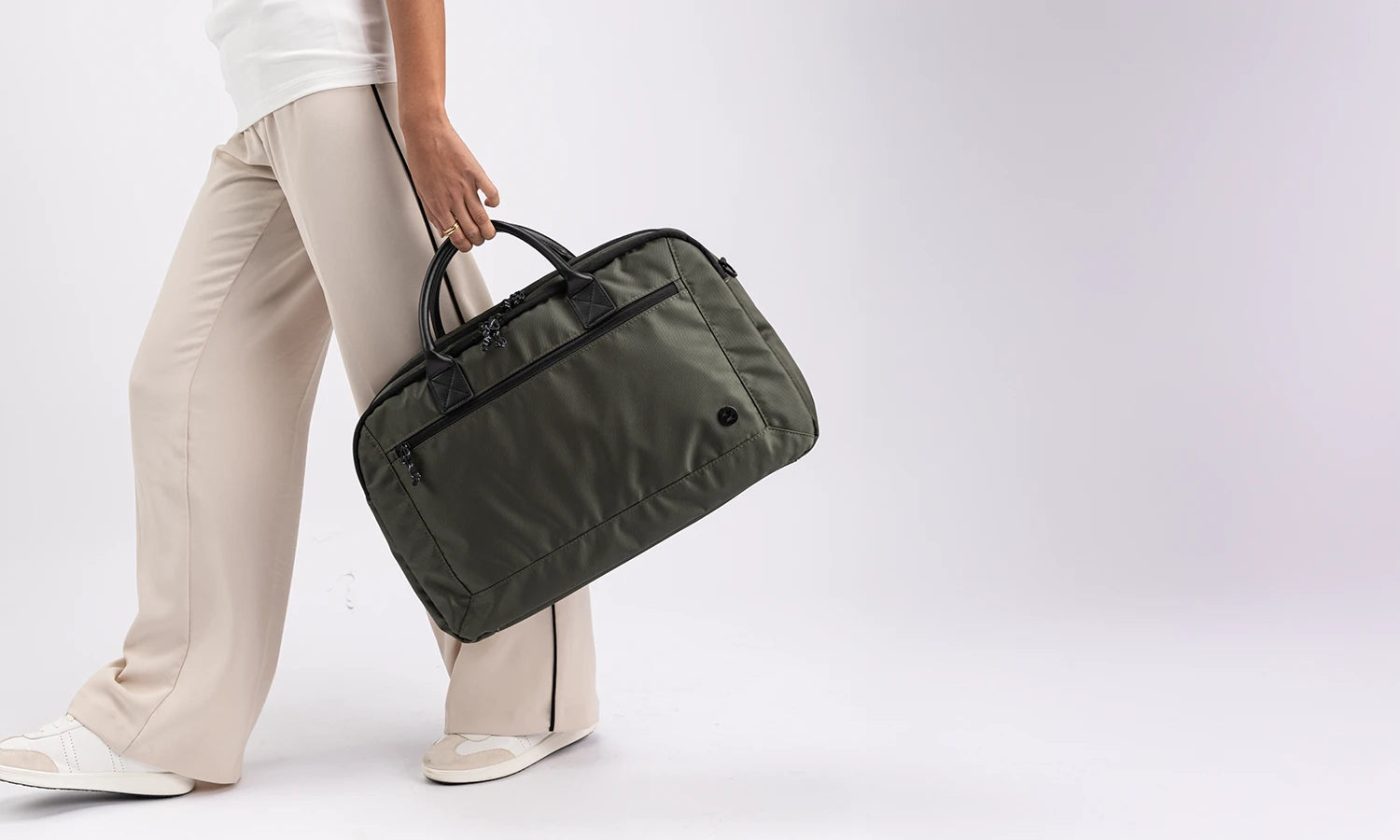
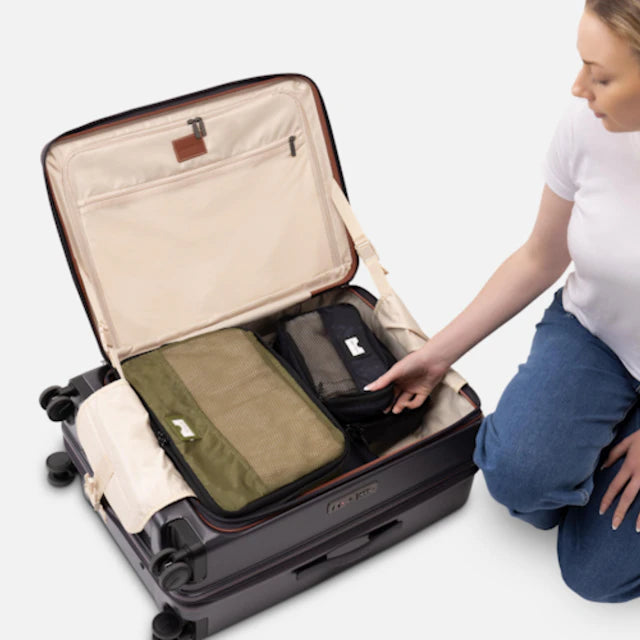


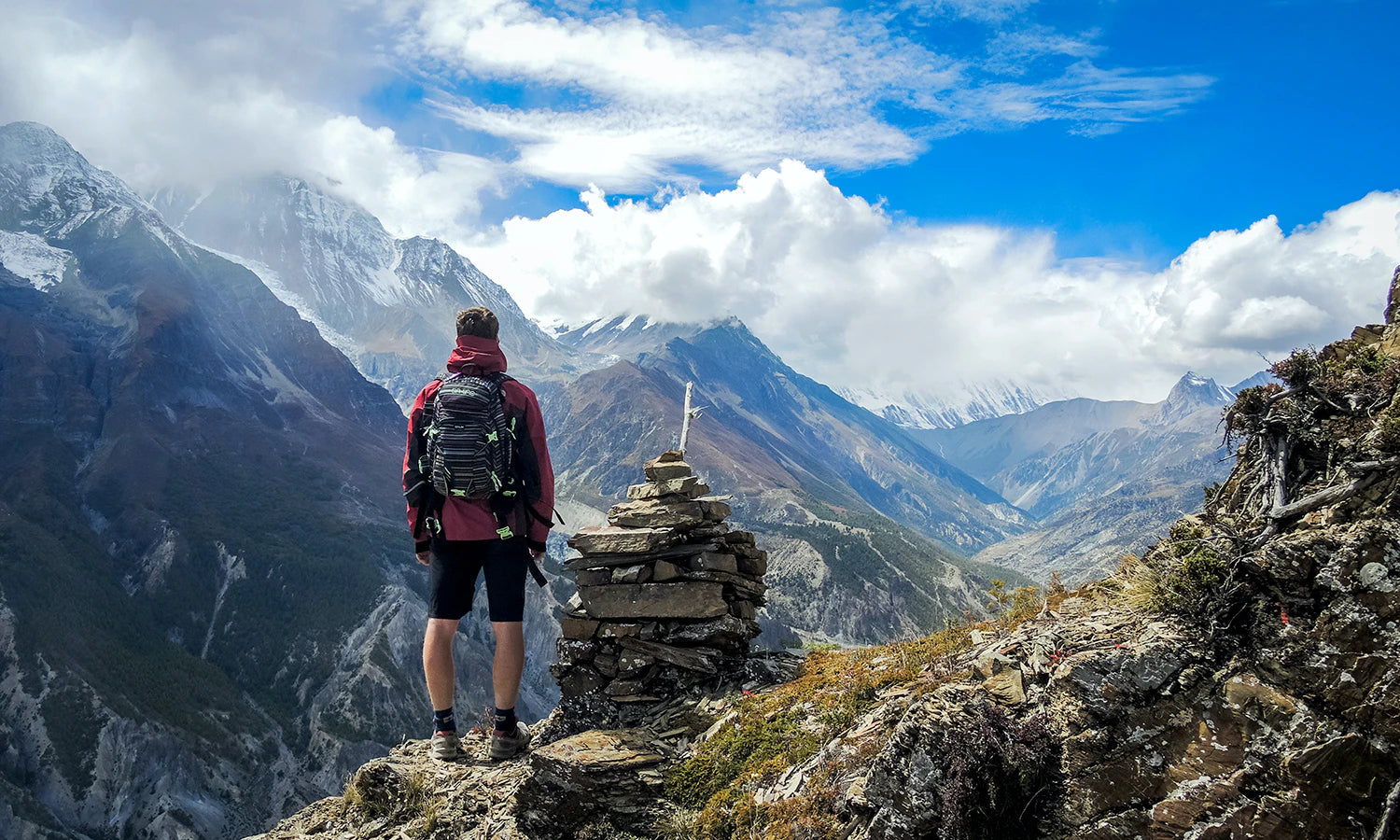




Leave a comment